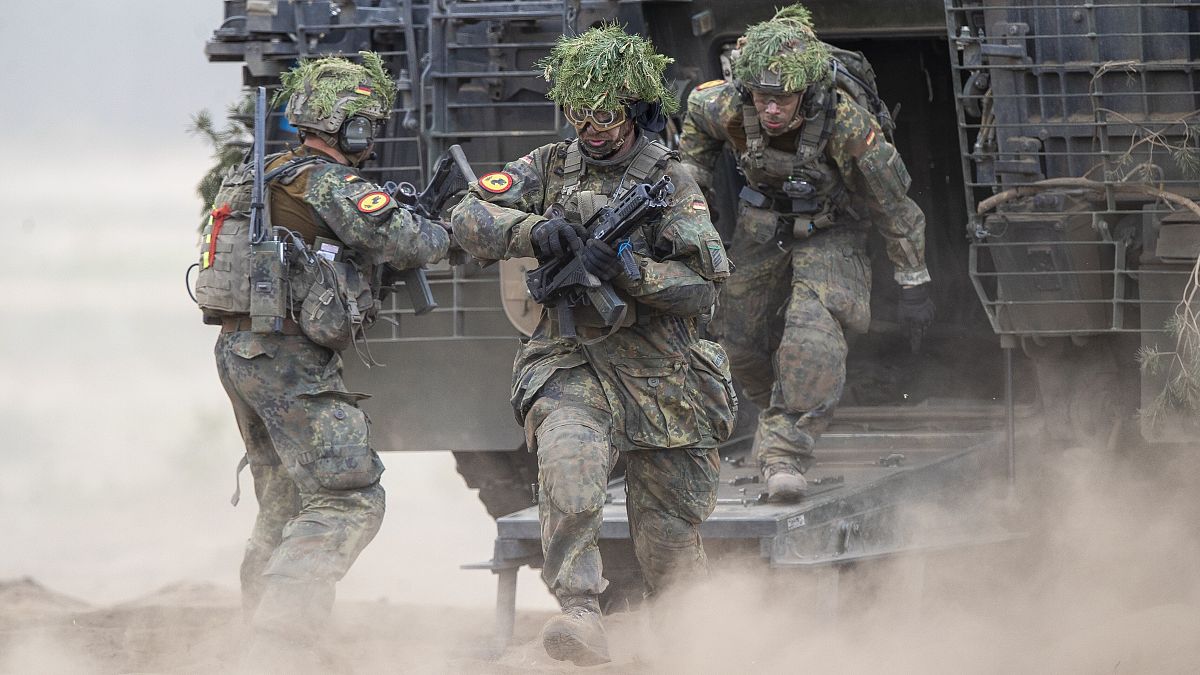The International Institute for Strategic Studies recently released a report highlighting the increase in defense spending by European nations in response to threats from countries like Russia. The report acknowledges that while progress has been made, there is still much work to be done to effectively counter potential threats. The annexation of the Crimean Peninsula in 2014 and Russia’s invasion of Ukraine have prompted European countries to bolster their defenses.
The report emphasizes that NATO has increased its ambitions in terms of deterrence and war-fighting posture, with European members addressing critical capability and readiness shortfalls. However, after years of neglect and underinvestment, there are still significant challenges that need to be addressed. The ongoing three-day gathering in Prague is focused on discussing European and transatlantic military capabilities, with leaders rethinking their trans-Atlantic relations, particularly in light of Donald Trump’s second presidency.
Ben Schreer, the executive director of IISS-Europe, stated that European defense is currently at a critical juncture. The upcoming US election is expected to put additional pressure on European nations to invest more in their own defenses while continuing to support Ukraine in its conflict with Russia. Trump’s first term in office saw a push for NATO’s European members to increase defense spending, with progress being made over the past decade. However, issues such as lack of stability in public financing and regulatory hurdles continue to hinder further advancements in defense capabilities.
The report highlights that Europe’s defense industry has managed to increase output of certain products, especially those in high demand following the conflict in Ukraine. However, European countries still rely heavily on the US for certain aspects of their military capabilities and are exploring partnerships with other countries to meet their defense needs. Additionally, competition with civilian industries for resources and skilled professionals presents further challenges for the defense sector.
One of the key concerns raised in the report is the shortage of military personnel in many European armies. The conflict in Ukraine has highlighted the need for a sufficient number of troops not only to engage with an enemy attack but also to regenerate forces after combat attrition. Key European armed forces are noted to be under-strength, indicating the need for significant investments in recruiting and training military personnel.
The report concludes by emphasizing the need for sustained policy attention and investment from governments to meet the new strategic realities in Europe. Governments must rediscover the ‘muscle memory’ of defense and security and prioritize the renovation of defense capabilities. With challenges such as underinvestment, lack of stability in public financing, and shortage of military personnel, European nations have a long road ahead in strengthening their defense capabilities to effectively counter threats from countries like Russia.










